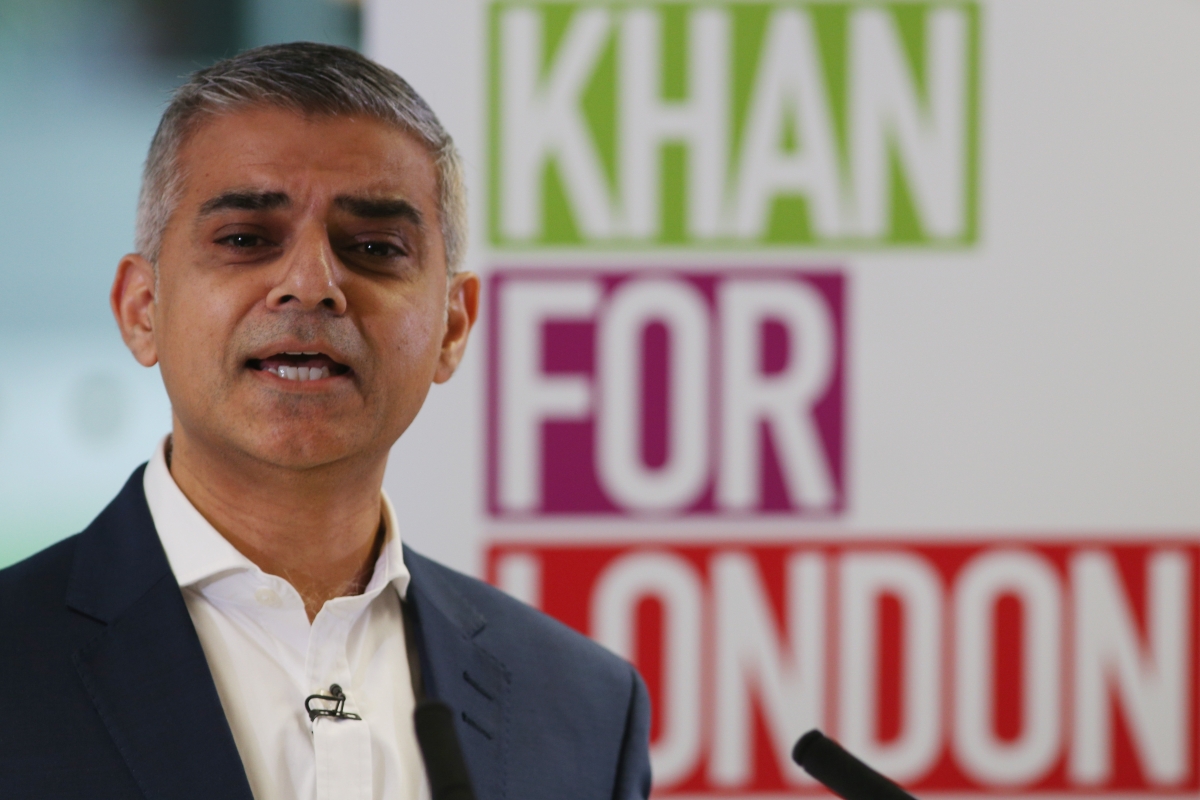
London Mayor Sadiq Amar Khan has recently written to Michael Andrew Gove, British Secretary of State for Environment, Food and Rural Affairs, and asked the government to penalize all wood-burning activities in parts of the capital where air quality is poor.
A study conducted by the King's College London stated that domestic wood burning is the cause of a third of the toxic emissions in some parts of the city.
According to Mayor Khan, he wants to “protect those people that have bought wood-burning stoves in good faith but wanted to ban burning of wood or coal in “zero-emission zones,” which are spread across 187 areas of London where articulate matter is greater than European limits and limits set by the World Health Organization (WHO).
Information from the London Atmospheric Emissions Inventory showed that London citizens are exposed to particulate matter concentrations that are higher than WHO air quality guidelines, with particulate matter levels (known as PM2.5) going beyond safe limits by more than 50 percent in 95 percent of the city.
Short- and long-term exposure to such levels of particulate matter concentration can heighten the chances of acquiring respiratory and cardiovascular diseases, and can cause children to suffer from reduced lung function and asthma. As a matter of fact, government research shows that PM2.5 pollution is associated with 29,000 premature fatalities in the United Kingdom annually.
The U.K. legal limit for PM2.5 is a yearly average concentration of 25 micrograms per cubic meter (mcg/m3); WHO guideline limits are lower at 10 µg/m3.
“This research is another damning indictment of the toxic air that all Londoners are forced to breathe every day. We should be ashamed that our young people – the next generation of Londoners – are being exposed to these tiny particles of toxic dust that are seriously damaging their lungs and shortening their life expectancy,” Mayor Khan said.
However, Mayor Khan said that reducing pollution levels by 2025 is possible via the Mayor's Transport Strategy, the London Environment Strategy, and cooperation of agencies at the national and international levels.
The causes of the pollution are your common garden-variety culprits: construction products, particularly from off-road machinery, and tire- and brake-pad wear from vehicles, aside from wood-burning stoves. (Related: Canadian government orders residents to get rid of their old wood-burning stoves or pay thousands of dollars in fines.)
The latest research comes at the heels of mounting calls for the government to regulate another dangerous pollutants – nitrogen oxides – which are usually the end-product of transportation in London, especially via diesel vehicles.
History of wood-burning stoves in London
Wood-burning stoves, for the most part, haven't exactly been endemic to London. They are now popular because we no longer associate them with the grimy days of old when our ancestors heated their houses with coal. Wood-burning stones provide the same heat as fireplaces but pollute less intensively than open fires.
They're also legal – at least, until (and if) Mayor Khan's proposal pushes through. Wood-burning stoves that adhere to government emissions standards are allowed to burn freely, but if Mayor Khan has his way, they would be banned, even if in the last decade they had been looked on as an environmentally-friendly manner of heating.
Sources include:
Please contact us for more information.























